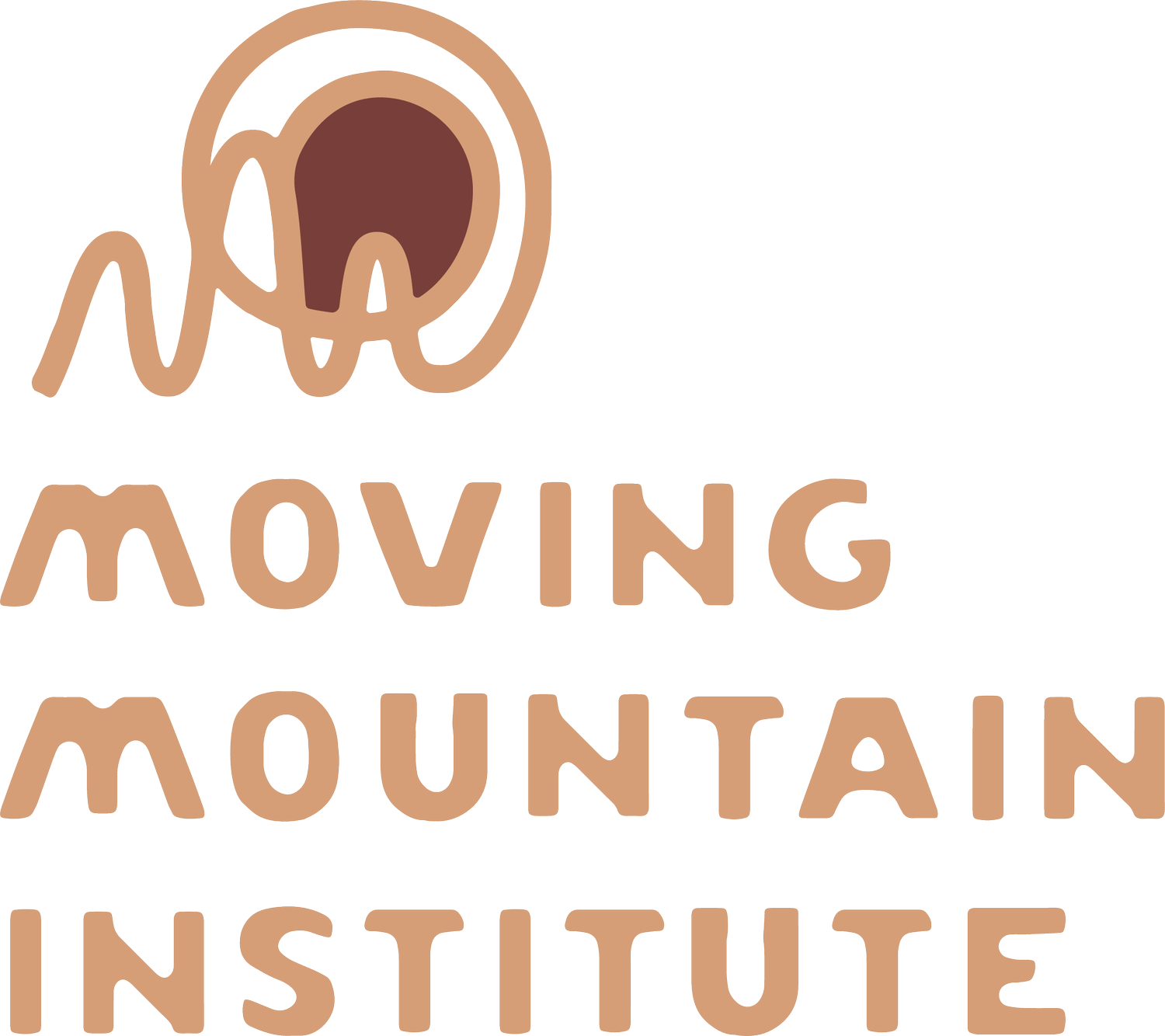On Applying Indirect Techniques in Myofascial Release Therapy
/Our Myofascial Release curriculum offers a unique approach to doing and understanding myofascial release therapy. An example of this is our emphasis on the Thoracolumbar Fascia as a crucial structure in the functional dynamics of the myofascial system.
At the end of a myofascial course a student wanted to talk with me. They had studied myofascial release other places and had never been taught to employ Indirect techniques with their myofascial work. Our use of the indirect, along with the direct approach comes from our deep engagement with Osteopathic principles. A hallmark of the Osteopathic approach is to treat in the direction of ease (because of this we also try to teach in the direction of ease). This means we attempt to follow the body’s expression of tension patterns and allow this to guide our work.
Myofascial release work tends to emphasize directly engaging a myofascial stretch along a certain line of tension. There is no doubt that this can be effective and reducing pain and increasing range of motion. However, it is only half the story. A direct technique is kinda what it sounds like – directly engaging a stretch where the body is holding tension, restriction or constriction.
An indirect technique instead listens into that tension pattern and follows it into the tension or restriction. If we were to think in terms of a joint this would be to passively flex the joint and thus shorten the affected myofascial structures. This passive (relaxed) shortening of the tissue allows for it to discharge tension without being under stress – this is a crucial aspect of the indirect approach. When the body is encouraged to relax into tension this has a powerful effect on the nervous system – the body-brain can approach the held area with an attitude of curiosity.This open-field curiosity can also be held by the therapist, thus therapist and patient working in concert and with presence, curious about what the body is experiencing.
As the body is encouraged into these held regions it often will express a pathway of release of some amount of that tension. This will often be perceived by the patient as both satisfying and relaxing and the therapist will often feel a distinct softening within the tissue. As this softening and relaxing occurs the body then naturally feels curious to explore itself without that tension and will naturally move towards an expanding or stretching gesture. It is here then that we can apply the direct technique in such a way that it will not incur resistance within the tissue or consciousness of the patient.
We have found more and more that our best myofascial work occurs when we are willing to dance with the tissue in an indirect and direct way – listening for both and not focusing only on the direct, stretching aspect of the work. It is our feeling that one of the great benefits of this approach is that the nervous system is invited into the work in much more meaningful way Our culture is undergoing a renaissance of sorts when it comes to understanding simultaneous and interwoven relationship between the body and the nervous system. The properties of the connective tissue system are beguiling and possibly ineffable. One aspect that seems increasingly likely is that the connective tissue system exists as a whole-body communicative network that runs independent of, and interconnected with the nervous system.
Insights from clinicians and researchers are coming together and illuminating relationships that have lurked in the shadows of conventional medical and physiological understanding. Interdisciplinary work such as that initiated by Dan Siegel 20 years ago is integrating the best of science with other equally meaningful ways of knowing and pointing us more and more to an integrated perspective of ourselves and a woven fabric of embodied brain that is embedded within a relational world that often experiences that world with a rich sensorial tapestry. This in turn structures the embodied brain and thus each mutually establishes the others.
As our understanding continues to evolve and deepen I believe that the elegance of the Osteopathic principles will continue to reveal themselves. Indirect techniques are just one example of this elegance.






